Body Movements Festival: Body Takeover
Colour. That is the first word that comes to mind when I think of the Body Movements Festival experience; an ensemble of vibrancy amidst the flourishing community of Hackney Wick.
This multi-venue dance festival self-titles as a ‘space for queer bodies in electronic music’ and it doesn’t disappoint. Packed dance floors and booming sound systems greet you on arrival. Bodies in all shapes, sizes and colours twist around electric beats, and feet gyrate to rhythms in ecstatic patterns. Back gardens and outdoor bars are filled with the rattle of conversation, pressed between walls littered with animated East-London street art.
As I wandered the festival, unsure of where to start amongst the seemingly endless options, I stumbled upon a hidden sanctuary. Sitting on The River Lea, I found Grow, an independent creative space that celebrates cultures from across the globe. It was here that I discovered Misery Collective, a musical ensemble made up of Aisha Mirza and Leala Rain: a collective dedicated to mental health and sober club nights centred on healing for queer, trans, non-binary and BPOC.

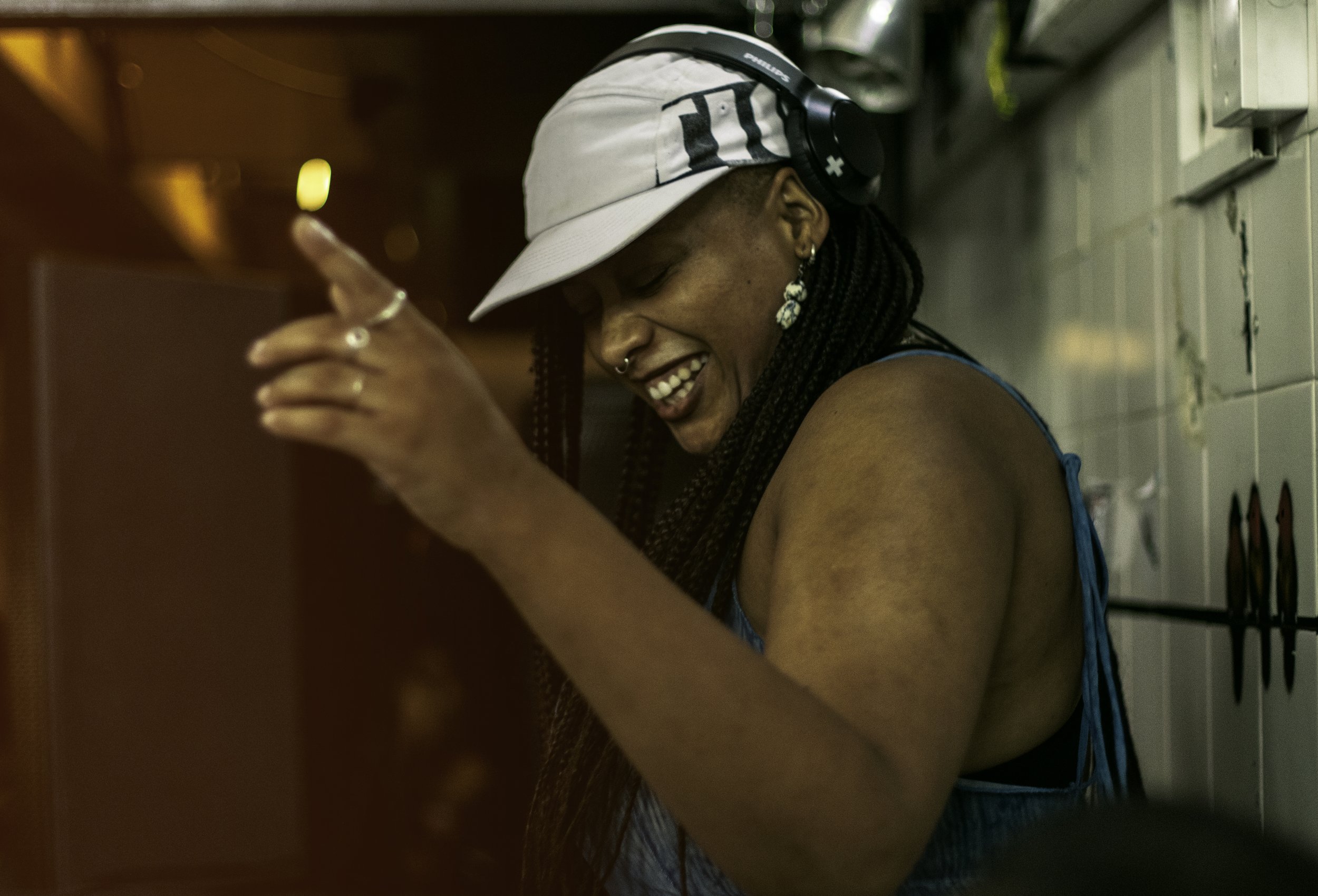
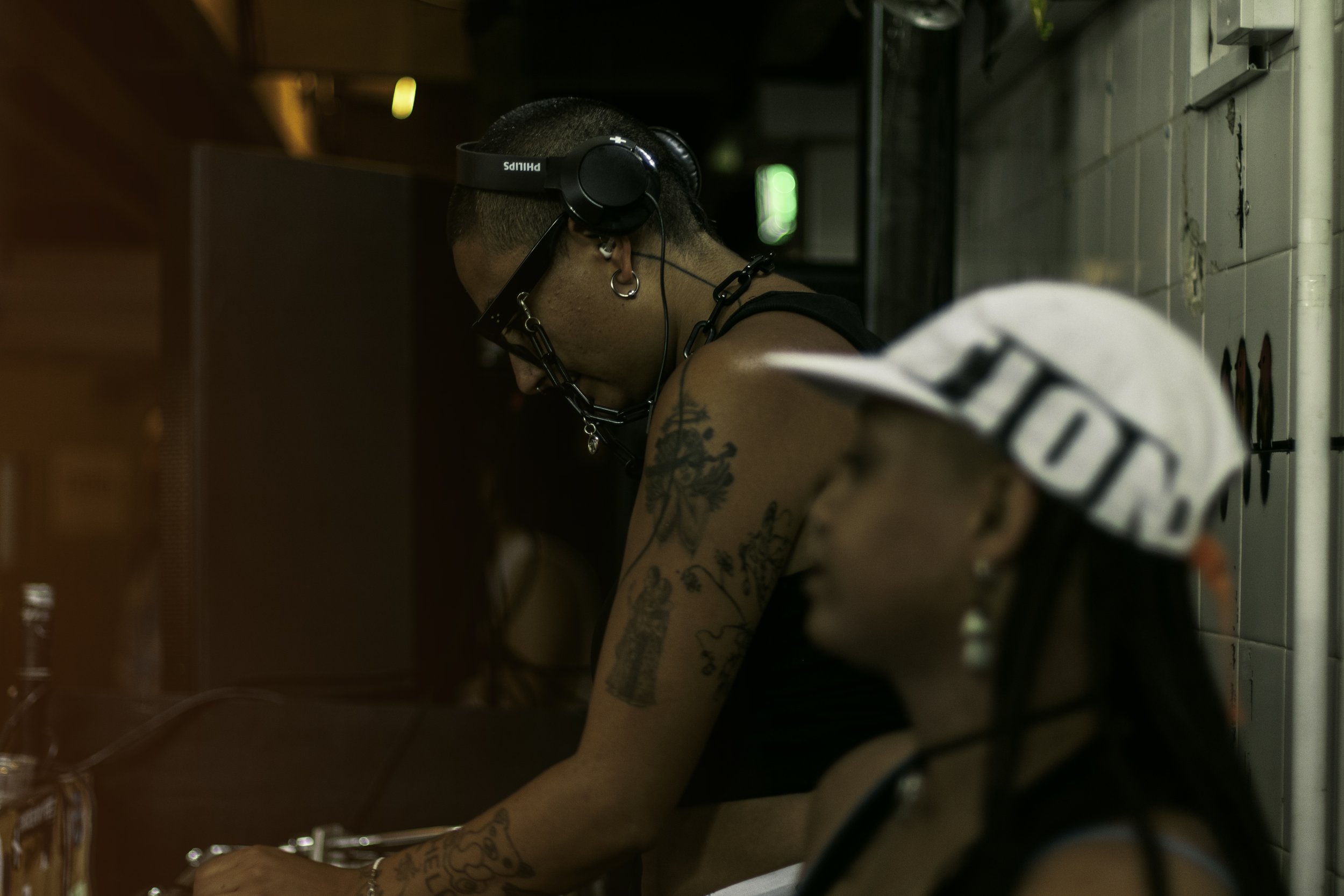


When asked to describe Misery Collective’s music, Opi, the artist liaison for Grow, responded, “What a vibe! It’s so refreshing to have a sober space where you can enjoy the music, feel safe, and express yourself.” And it’s hard to disagree - the energy in Grow as Misery spun the decks was undeniable. Their music was a magnet of musical waves calling to those distant festival-goers searching for the first stop on their adventures. Soon the venue was packed. Opi laughed as we sat by the river, chatting about their experience working with Body Movements. “I feel so comfortable doing this work,” Opi said, “and I also know everyone who’s playing today and that will create a safe space for them as well.”
After the show-stopping performance from Misery Party, I was eager to see what else Body Movements had to offer. It was on my journey to the next venue that I bumped into Amir, a twenty-six year old student in the midst of writing his dissertation. As we walked along the cobbled pavements, Amir seemed enthusiastic about the day ahead. “I’m excited to see a renaissance.” He began, “To see so many folks doing things in their own terms, in their own way, in their own time.” Amir and I strolled with no direction, chatting as the festival moved around us. “It’s great to see so many people from different backgrounds coming together under one umbrella that is Body Movements. That’s why I’m here.”
Amir and I were separated briefly, but when we met up later he had more to say. When I asked Amir how he felt in regard to the inclusiveness and safety of the event, he responded: “These are buzzwords that fly around these days. When it comes to inclusion, we should always be critical and always strive to make spaces more inclusive and safe. But I am happy to see so many folks, who wouldn’t normally come together under the status quo, at Body Movements today.” It was after a wonderful conversation with Amir that he suggested I check out the next stage he was headed to. With no more convincing necessary, I headed straight there.
Centred in the back garden of Colour Factory was a stage designed to celebrate queer black artists. This wonderful space was all thanks to Sippin’T, who had not only organised the stage for a second year in a row, but was also a powerful performing artist themselves. Featuring musical tones self-described as a ‘sonic journey fusing nature with technology’, Sippin’T was the act to wait for. Accompanied by the equally incredible Christelle Oyiri, who performed only moments before, captivating the audience with non-stop jams. I was captivated by the authenticity of Sippin’T, and the incredible platform they’d created.
It was hard to leave Sippin’T’s stage, but the time did eventually come. Between the thump of music and the slowly descending sun, I found another festival goer. Daniel was enjoying his evening on the benches not far from where Sippin’T was performing. Though he’d lost his friends, he couldn’t be happier. Chatting with so many different people had him thoroughly entertained. “I absolutely adore the vibe,” said Daniel, “It’s so chill, I’m having beautiful conversations, and it’s just a 100% safe environment.” He went on, “I’m excited to broaden my horizons. Some of the venues haven’t been just techno, they’ve been interesting new rhythms and sounds - and that’s nice! That festival vibe means that you float around and get the opportunity to dip your toe into something different.”
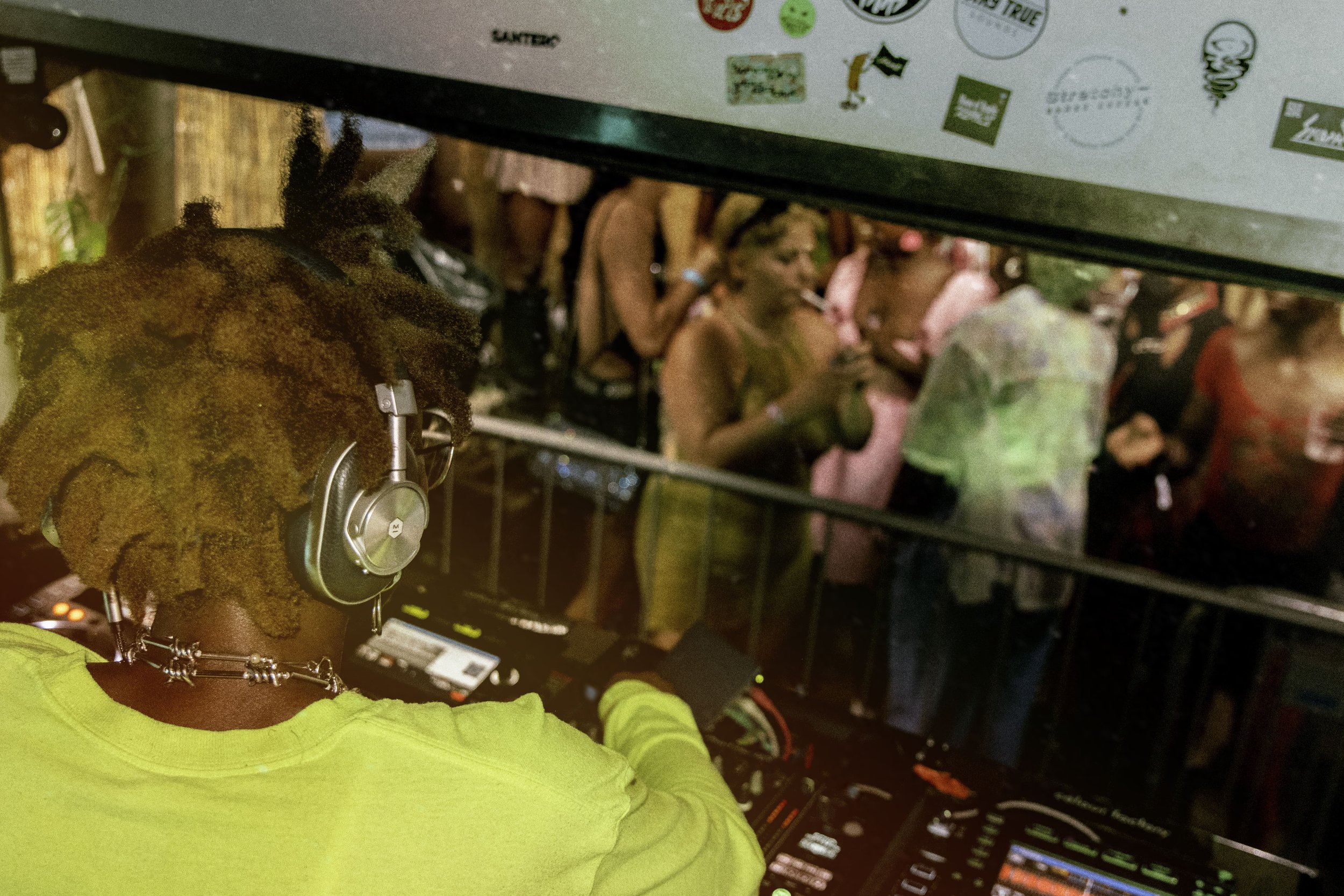
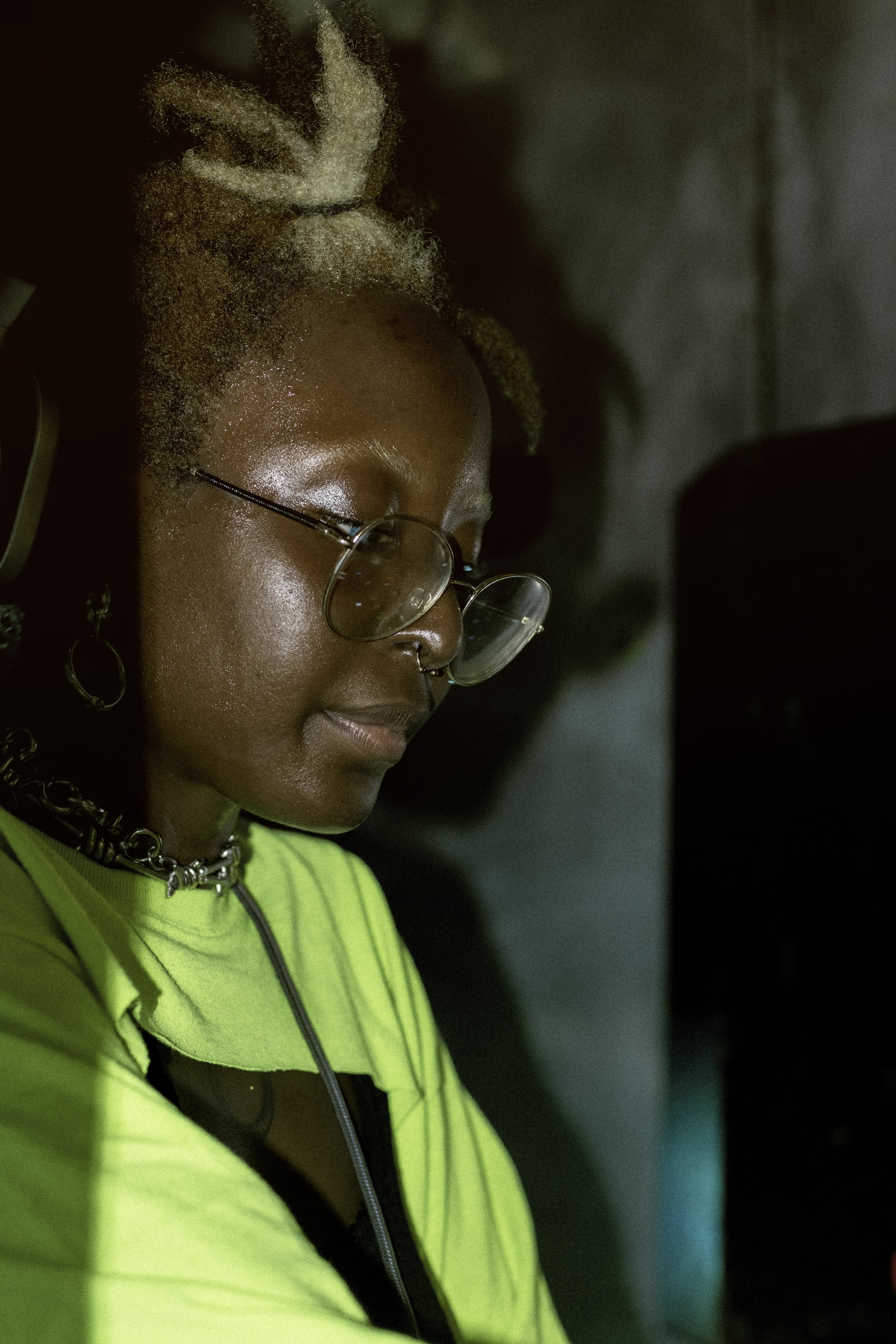
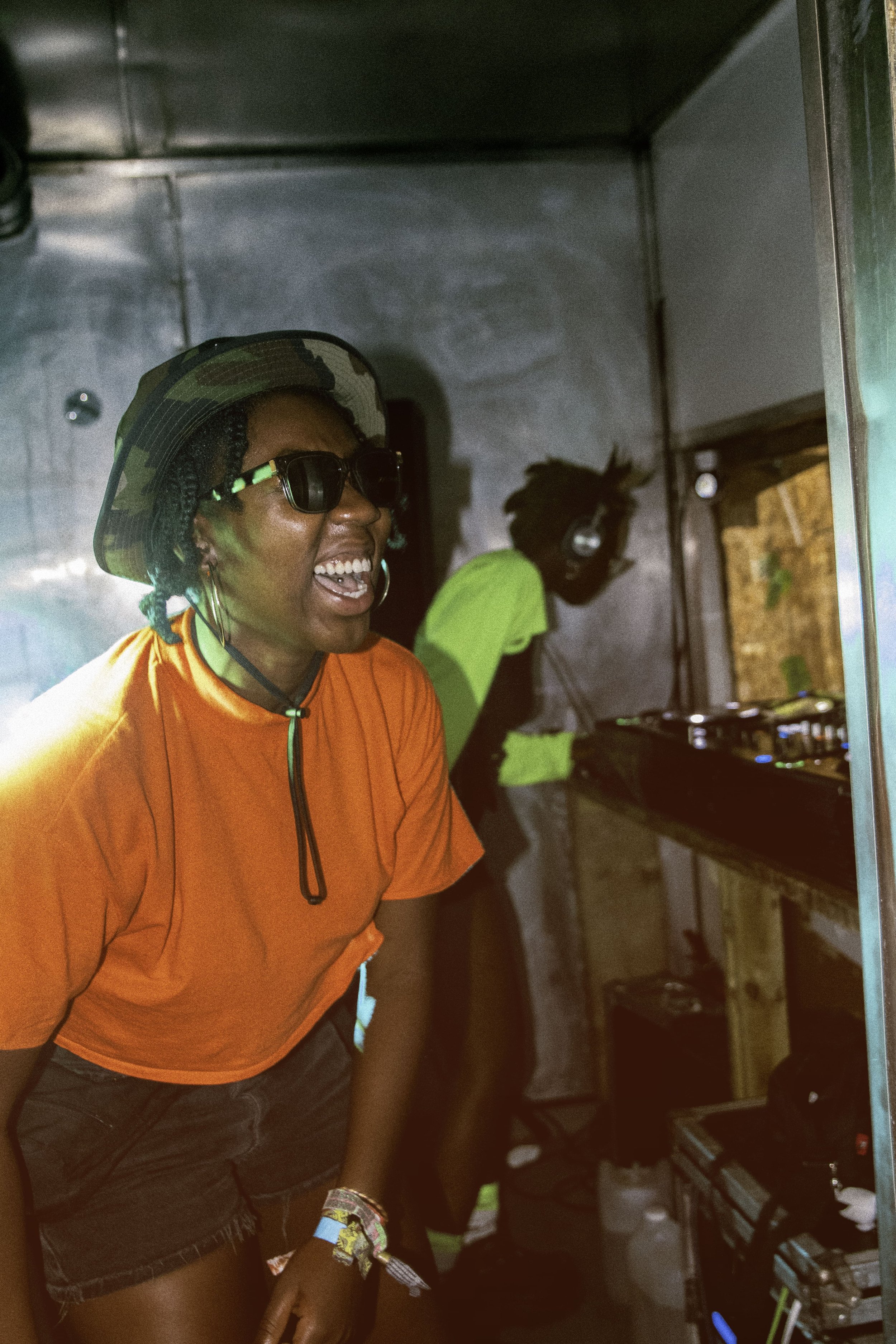
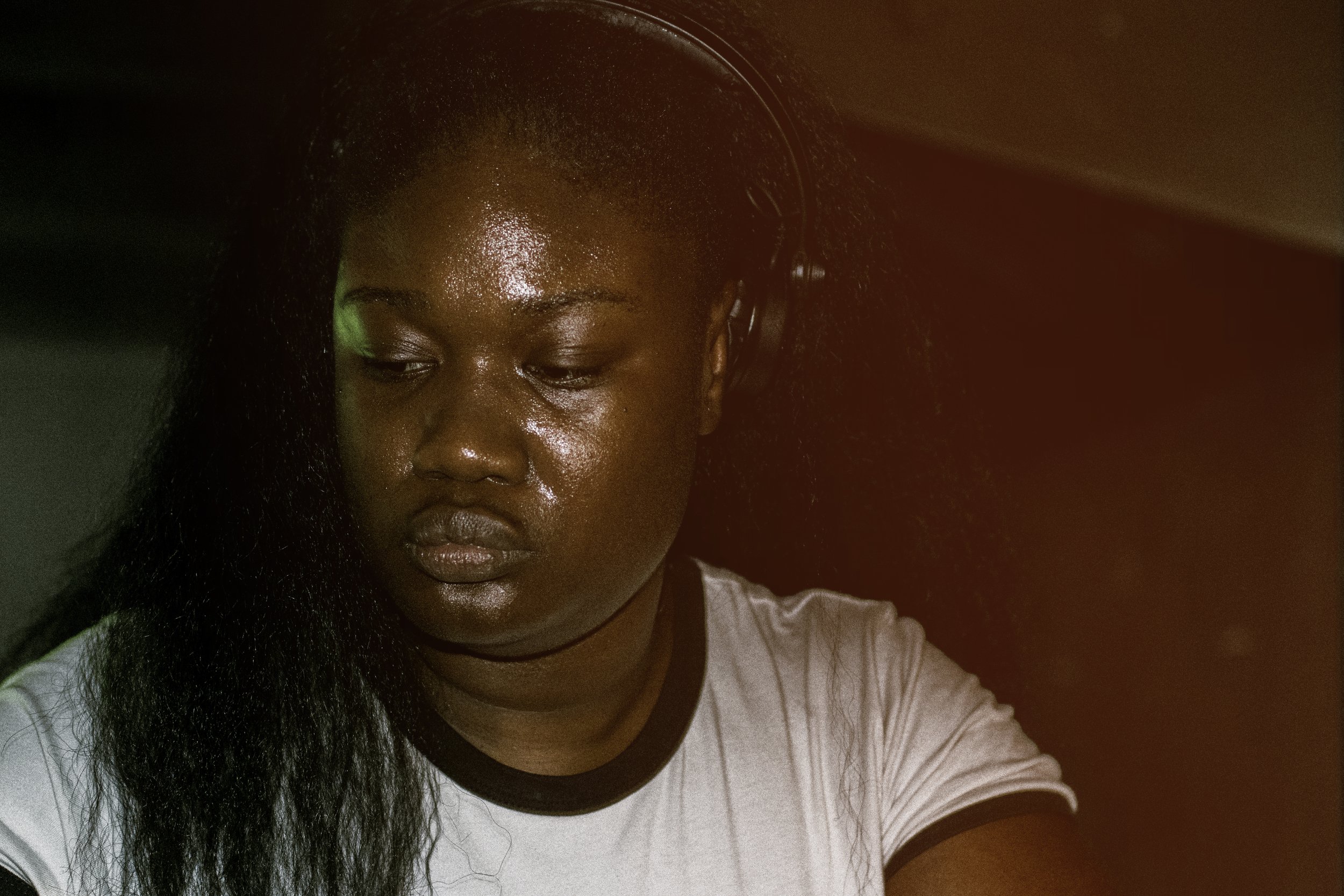

As I said my goodbyes to Daniel, ready to move onto my next venue, my path collided with a friendly stranger. Cha and I chatted for a while, and I got to hear their takes on the powerful movement happening around us. “I love seeing all the queers out together. It feels like your families all come back for Christmas—without the arguments!” Cha was especially excited to see their partner performing that evening, and invited me to come and watch. Journeying back inside I found Sadidas taking the stage in the cloudy upper-rooms of Colour Factory. In a mix of techno, drill, grime, and ambient vocals, Sadidas performed a set with an array of musical tones I had not yet heard during my day, storming the room with an undeniable aura that could not be contested - a wonderful performance to end the day.
As I look back, what’s most clear is the overwhelming sense of unity: an endless array of queer voices on show for the world to see, all unapologetic in their queerness. Sub-communities came together, uncaring of what may have separated them, finding peace in conscious conversation and love. Food was shared, numbers exchanged, and lifelong relationships formed in the space of Body Movements. It was a place where queer bodies were allowed absolute liberty to move, breathe, and flow - just as they were meant to.
Images: Harmony Knight





